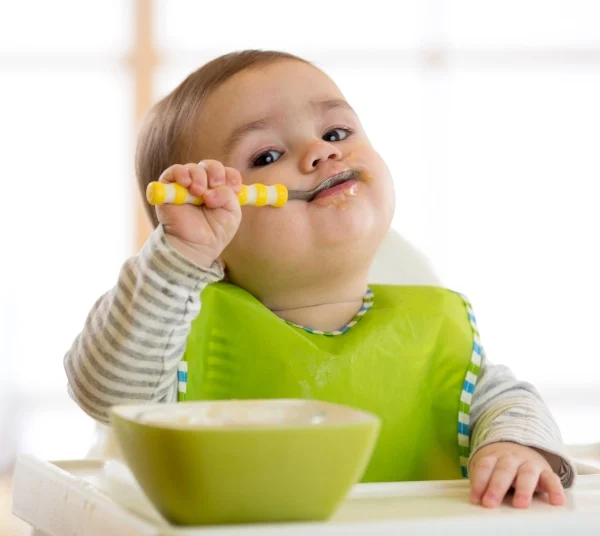The earliest moments of life, the interaction of heredity and the environment work together to shape the babies. The child may inherit many traits of the parents and this may be further expressed, shaped or even silenced by the impact of environment.
What is a genetic disease?
A genetic disorder is a disease caused by an abnormality in an individual’s DNA. The abnormalities can be as small as just one gene, or they can involve the addition or subtraction of the entire chromosomes. Some genetic disorders are inherited directly from the parents while other genetic diseases may be result of mutations or changes in the already existing genes or group of genes.
Genetic mutations may result in a genetic disorder or change in characteristics. These mutations can be caused by exposure to harmful chemicals or radiation like smoking, alcohol and other chemicals. It can also take place when the DNA fails when the cell divides. Mutations may be neutral and have no effect, or may improve a protein and be beneficial or result in damaged protein and cause diseases.
What are the different types of inheritance?
The genetic disorder can be divided into four broad groups—single gene disorder, chromosome abnormalities, mitochondrial disorder and multi factorial disorder.
Single gene inheritance is
The Single gene inheritance is also called magnetic inheritance. This type of inheritance is caused by changes or mutations of a single gene. There are more than 6,000 known single-genes which are very common. Examples of single gene disorder include cystic fibroids, anemia, Marfan syndrome, Huntington’s disease and hemochromatosis.
Multi factorial inheritance
Multi factorial inheritance is complex inheritance. These disorders are caused by the combination of environment and changes or mutation in multiple genes. Examples of multi factorial inheritance include high blood pressure, heart disease, Alzheimer’s disease, arthritis, obesity, diabetes and cancer. Multifactorial inheritance also depicts heritable traits like fingerprint patterns, height, colour of the eye and skin.
Mitochondrial inheritance
Mitochondrial inheritance is caused by mutations of mitochondria which are small round or rod-like organelles that are involved in cellular respiration. Mitochondrial DNA is always inherited from the female parent. Examples of mitochondrial diseases include an eye disease called optic atrophy, a type of epilepsy and a form of dementia.
Chromosome abnormalities
Chromosomal abnormalities are a group of conditions cause by problems with one of the 23 pairs of chromosomes which are structures within the body’s cell which contain genes. Each pair is formed by one chromosome from the male and the other chromosome from the female. An abnormality can affect any one chromosome or a number of chromosomes. A chromosomal abnormality can cause a number of abnormalities which are normally birth defects or death of the baby before birth.
Impact of genes on babies
A gene which is made up of DNA is the basic physical and functional unit of heredity. There are over 2 million genes in the human body. There are 2 copies of each gene in every person –one from the mother and one from the father. Most people have same type of genes but a small number of genes are differing in different people. These small different genes contribute to the unique physical features of the person.
Sometimes children look like their parents or brothers and sisters and sometimes they have no similarity with anyone in the family. Children share 50% of their DNA with the father and mother, so there is enough room for variation.
Some surprising facts about human DNA
- Red hair is one of the few traits controlled by a single gene;
- Expressions may be hereditary. A study shows that people who are born blind are far more likely exact facial expressions for concentration, anger, disgust, joy, surprise, and sadness. The results suggest a genetic link because a blind could not have learnt the expressions by seeing others.
- Baldness can be inherited from either parent. Multiple genes from father and mother can play the role for hair loss.
- Simple genetic traits like rolling of the tongue, dimples, chin cleft are inherited from either of the parents.
- Personality traits, social behaviour, intelligence and some other traits are complex traits which are influenced by many genetic factors as well as environment. There are multiple genes involved in building these traits. The genetic traits cannot be separated from environmental factors but the genes play a vital role in the development of personality, behaviour and intelligence of a person. It is also difficult to recognize these genes.





